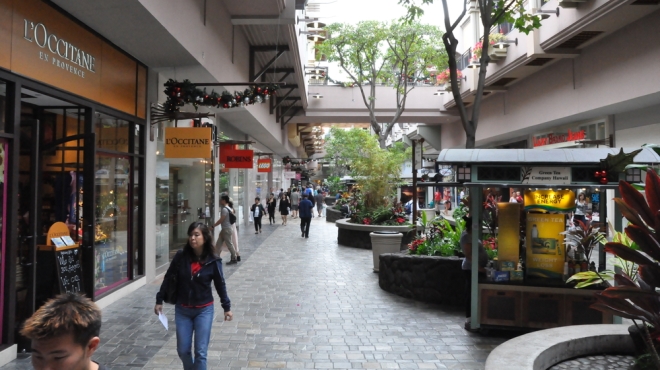Despite an uptick in store closures, U.S. retail property owners are finding reasons for cautious optimism this year. A new industry report highlights a retail market where rising vacancies are tempered by faster backfilling—helping landlords maintain stability as tenant demand softens.
More than 2,000 stores closed in the first half of 2025, extending last year’s net loss of 1,350 locations. Yet vacant spaces are being re-leased faster than at any point in the past four years, cutting the average downtime from 11 months to just nine. This leasing momentum is proving critical as the industry braces for further closures.
Experiential retailers, including fitness chains and entertainment venues, are helping drive this resilience by signing long-term leases for larger spaces and boosting foot traffic. Investment activity is also bucking the trend, with Q2 transaction volume hitting its highest level in three years. Investors are favoring smaller shopping centers, net-leased properties, and necessity-based tenants like fast food, convenience stores, and auto repair shops, where occupancy remains strong.
Cap rates have climbed to 6.8%, their highest since 2013, drawing buyers willing to take re-tenanting risks, particularly in neighborhood centers and former drug store locations. Southern markets are outperforming, boasting single-tenant vacancy rates below the national average and attracting capital for their strong fundamentals.
Overall, the retail landscape in 2025 reflects two major themes: a resilient leasing environment that’s cushioning property owners from economic headwinds, and a growing investor focus on properties and regions where risk is balanced by strong demand and limited new supply.
Source: GlobeSt.

